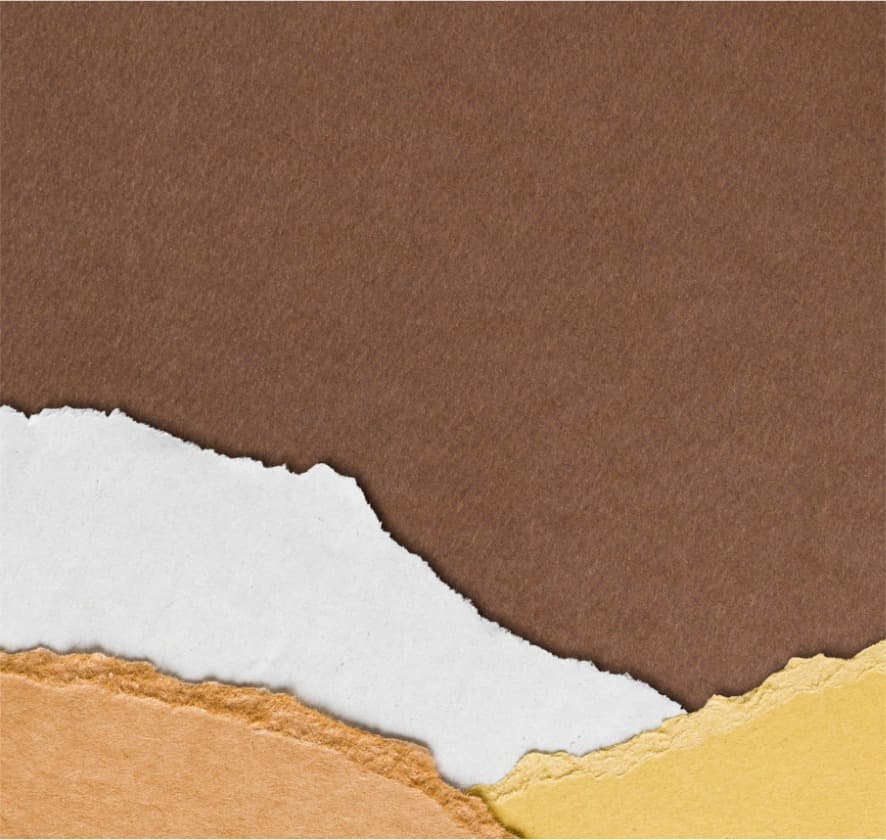
Sponge Painting – Different Shapes
Class 2
 Objective
Objective
Students will be able to paint different shapes using sponge dipped in colours.
 Prerequisites
Prerequisites
1) Fine motor skills: Children should have the basic motor skills necessary to work with sponge.
2) Hand-eye coordination: Children should be able to coordinate their hand movements with their vision to be able to take small pieces of sponge, dip them in colour and apply it on the shapes.
3) Attention span: Children should have the ability to focus for an extended period of time to complete the task. However, this can vary from child to child.
4) Children should be able to identify basic shapes.
NOTE: Adaptations, Variation in Rules and Pace are suggested below to develop the above prerequisites.
 Goal
Goal
All
All children can identify the figures.
Some
Some children can take pieces of sponge and dip them in colour and apply it in the shapes.
Few
Few children can take pieces of sponge and dip them in colour.
Operational Definition
All – This gives the goal, which is the minimum that the teacher must achieve for all students in the classroom.
Some – This gives the goal that the teacher may try to achieve for some students in the classroom who can achieve the suggested goal over and above the goal stated for ‘All’.
Few – This gives the goal that the teacher may try to achieve for a few students in the classroom who can achieve the suggested goal over and above the goal stated for ‘Some’ and ‘All’.
Materials Required for Activity
Worksheet with different shapes, poster colours, sponge, palette, brush, little water if required.
Preparation for Activity
Preparing will help you to conduct an effective activity in an inclusive classroom and achieve the goal.
- Download the Craft Worksheet Sponge painting different shapes provided with this.
- Please ensure that all children have the worksheet and all the materials ready.
- Please keep ready the Adapted Worksheet as required for your Inclusive Classroom. Details of creating these adaptations yourself is provided below.
- Go through the suggestions provided for Variation of Rules and Pace and Adaptations and ensure necessary preparation accordingly.
Setting for the Activity
This is a classroom activity. All children can do the activity individually. However, children who need peer support can work with their peers.
Procedure
- Teacher may first show the colours that will be used in this activity.
- Ask the children to identify the colours.
- Encourage and appreciate the children for their answers.
- Demonstrate how to take small pieces of sponge.
- Demonstrate how to dip the sponge in the colour and apply in the shapes in the worksheet.
- The child can use the thumb or other fingers depending on the pattern they wish to make.
Worksheet: Sponge Painting Different shapes
View and DownloadVisual Schedule: Sponge painting
View and DownloadClick and watch the videos. These videos are to be shown to children before the activity. When there are children with hearing impairment in the inclusive class, use the video with Indian Sign Language (ISL).
Video: Sponge Painting Different shapes
ISL Video: Sponge Painting Different shapes (Coming soon)
Notes to the Teacher
- Go around the class and ensure that the children are following the instructions correctly at each step.
- The teacher should identify the Hand dominance of the child and encourage the child to do with that hand
- Appreciate and acknowledge children’s effort.
Adaptations to address variability in an inclusive classroom
The variability of an Inclusive Environment needs to address the processing and attention differences of the learners. An inclusive environment may have learners with Visual Impairment, Hearing Impairment, Loco-Motor Impairment and Cognitive Differences. Learners not only learn in different ways, but they also have unique motivations, interests, personalities and strengths. To address this variability, providing the appropriate adaptation is an effective solution.
Adaptations and Strategies: Paper Crafts
Suggested Variation in Rules and Pace
When working with special children, it is important to adapt the rules and pace to their specific needs. Here are some suggestions:
- Vary the rules: Depending on the child’s abilities, you can adapt the rules for dipping the sponge in colour and pasting it on the sheet. For example, if a child has difficulty in doing so, you could help them in the task.
- Vary the pace: Some children may need more time to complete tasks than others
- Provide additional support: For children with fine motor difficulties, you can provide adaptive tools
- Provide positive feedback: It is important to provide positive feedback throughout the activity to build the child’s confidence and motivation. Be specific and provide feedback for effort, progress, and quality of work.
Song – I am the way I am
Children can view the video of the song I am the way I am.
Video: Song – I am the way I am
ISL Video: Song – I am the way I am
Social Narrative – Making Craft
A social narrative is a tool used to help individuals with special needs, particularly those on the autism spectrum, better understand social situations and how to appropriately respond to them. Here is a social narrative about making craft items. The videos can be shown in an inclusive classroom.
Social Narrative Can Do Group Activities with My Classmates & When I Need Help in the Classroom (Coming Soon)
Click to access Social Narrative
Teacher Resource Document
View and Download| Source and Attribution of images All images used in the above Assets and Aids are originally created. |
This digital material has been developed by the Sri Sathya Sai Vidya Vahini Inclusive Education Project, a unit of Sri Sathya Sai Central Trust, Prasanthi Nilayam, as a collaborative offering in the service of our nation.
